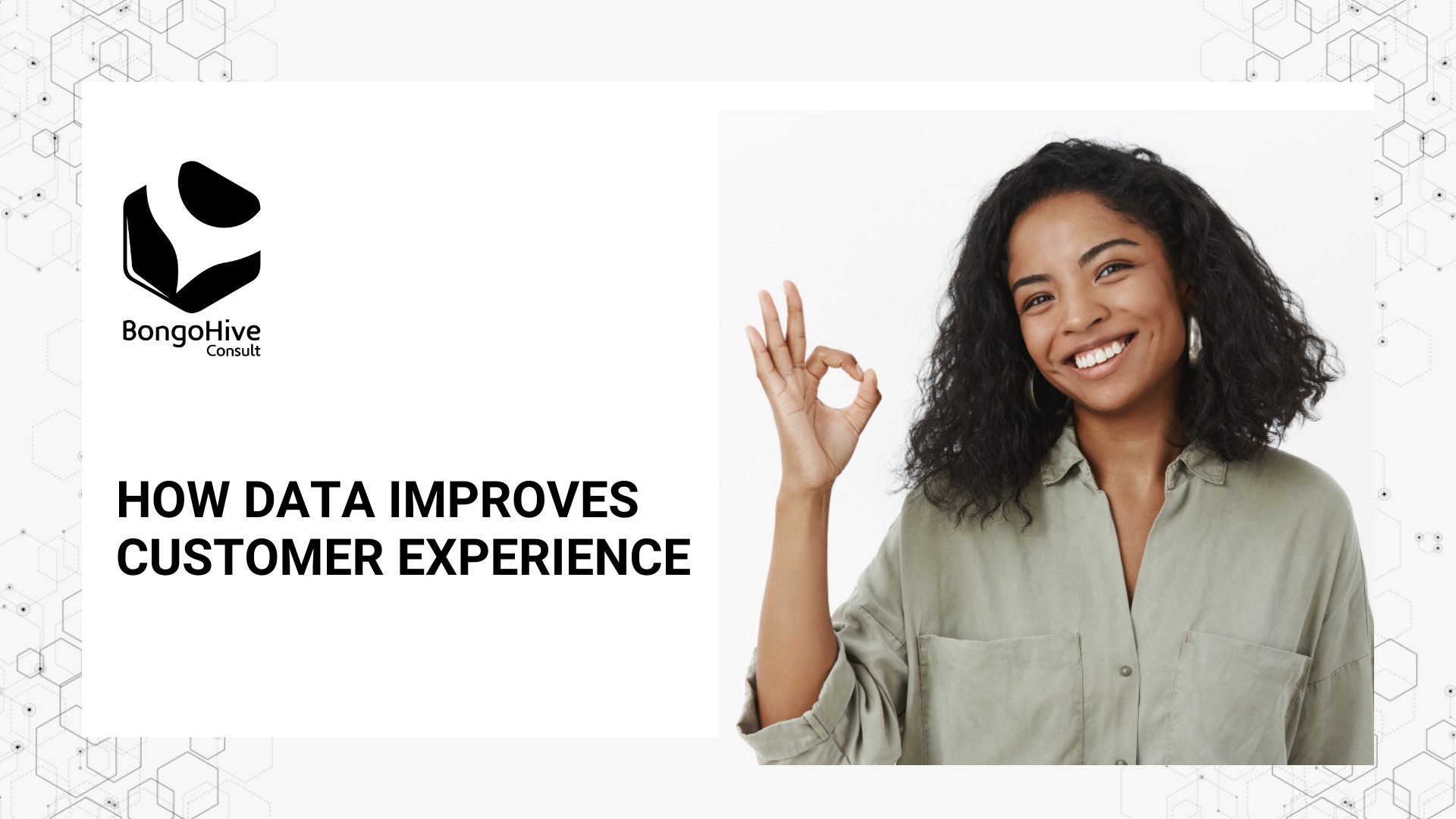
We have all encountered good and bad customer experiences in one way or the other. The different experiences have played a key role in deciding whether to continue interacting with a particular brand or not.
This is also true for customers that interact with your business at various touchpoints. They are also looking to do business in an environment that creates an exceptional experience for them. That is why it is essential to offer a good customer experience.
Hubspot defines customer experience as the impression your customers have of your brand as a whole throughout all aspects of the buyer’s journey. It results in their view of your brand and impacts factors related to your bottom line including revenue.
A report by Consumer Unity and Trust Society (CUTS) Zambia points out that consumer satisfaction is a critical issue in the success of any business system. It’s strongly related to service quality management and how customers perceive the performance of companies.
Data-driven customer experience is a game-changer! You can leverage large amounts of data to offer a more personalised and adaptable customer experience.
What Makes a Good Customer Experience
A good customer experience is:
- Personalised- One-size-fits-all does not help in offering a good customer experience. Each customer has unique needs and data insights can help you create a personalised experience by grouping customers with similar interests.
- Timely: Offer timely feedback to customer queries and make follow-ups when necessary. When customers wait for a long time to have their queries attended to, they become frustrated and are not hesitant to offer their loyalty to a business that cares. Added to this is alerting customers on time about any disruptions in your services before they notice them. See how Adobe posted about an outage in their services on Twitter.
- Consistent: Good customer experience means providing the same experiences at all the various customer touchpoints. It also means consistent messaging on your products and services across all your channels.
- Seamless: Make it simple for customers to interact with your brand online and offline. To create a seamless user experience on your online store, you can optimize your products with keywords to help users find products, create an easy Login and account creation process, and simplify the checkout process.
How Data Can Improve Customer Experience
Insights from customer data present various opportunities for businesses to serve their customers in new and improved ways.
While there are large amounts of data available, it is the analysis that matters. With all the data collected every second, it can be challenging to generate insights on time. You need to allocate resources to professionals who can manage your data. You can choose to have in house experts or outsource from individuals or organisations with the relevant skills. Alternatively, you can offer training opportunities to your current staff members to develop talent from within your organisation.
Notably also is that businesses with large volumes of data are primarily attractive to hackers. Ensure that the data you have remains safe at all times and observe all the data protection laws.
Here is how data is improving customer experience.
- Strategic Decision-Making
Insights from big data can help you to make informed business decisions. They give you a clearer picture of what’s working and what’s not. Other opportunities that insights from customer data present are discovering new market opportunities for underserved customers and improving existing products for your current customer base.
- Customer Segmentation
To meet your business goals, you need to move from a product-centric approach to a customer-centric approach. Big data analytics can facilitate your customer segmentation process by providing data on their demographics, daily transaction, purchasing behaviour and so on. This way, you can develop products that are suited for each of your segmented markets. Connecting with your customers in a more meaningful way can guarantee your business large sales volumes.
- Customer Mapping
Customer data allows you to get insights into your customer buyer journey and assess how they interact with your brand at each particular stage. This will help you determine their interaction behaviour, your most visited site and how they make purchases. You can use this data to streamline your various touchpoints and connect with them in the right channel.
- Real-Time Pricing Adjustments
Prices of goods and services fluctuate due to supply and demand. This is particularly true for retail businesses. To price products appropriately, you need to be able to see sales in real-time across all channels. Predictive data analytics give you a glimpse into future buying trends. In the process, you will make smarter decisions in pricing, as well as inventory management. This way, you will always meet customers at the point of their need and earn their loyalty.
You do not need to wait to build a customer experience strategy. Be reminded that no matter how good or popular your product is, a bad customer experience will always push them away.
Get started on the journey to transforming the customer experience by deriving actionable insights from customer data and improving user experience on your platforms. Consult with us!
 BongoHive
BongoHive